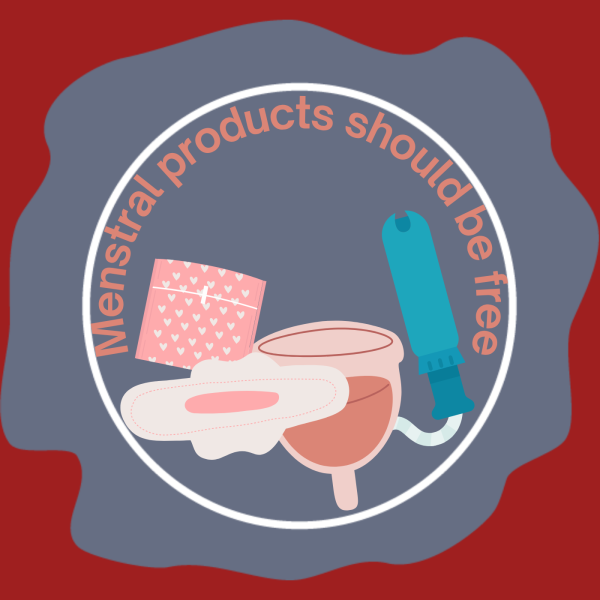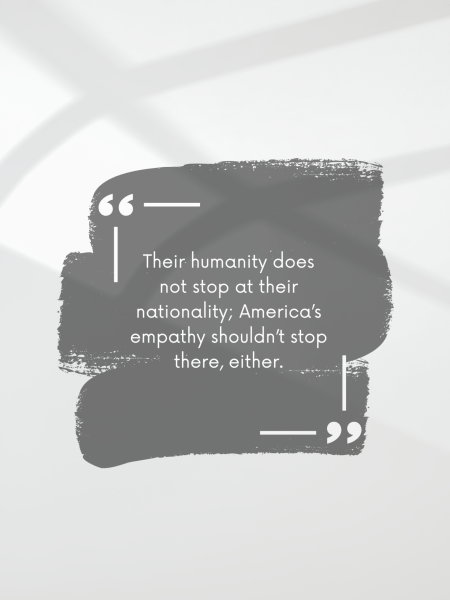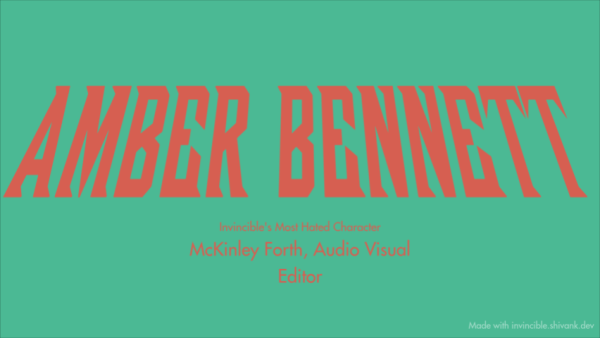Charter schools are not a viable solution
In recent years, confidence in the American public school system has plummeted to an all-time low, especially among Republicans and other conservative individuals. Only 28% of Americans say they have a “great deal” or “quite a lot” of confidence in the system, according to Axios. So it’s no surprise that alternative methods of education are on the rise.
Due in large part to COVID-19, the number of home-schooled students increased 63% in the 2020-2021 school year, according to CBS. But even as schools returned to in-person learning for the 2021-2022 school year, the number of home-schooled students only fell by 17% from there. With misinformation and disinformation regarding the pandemic infecting public understanding, the fact that schools by and large followed CDC guidelines in handling the disease sowed distrust. Others skeptical of government-controlled education have turned to private schools, but these come with tuition, preventing many people from attending.
The solution that many have landed on — one that is cost-effective, privately controlled, and doesn’t require parents to teach their own children — is charter schools: publicly funded but privately run schools. Many people see these as efficient and bias-free alternatives to what they see as predominantly left-wing public education.
However, this type of school is not any more free from potential bias than a public school. It seems that the schools that conservative families are flocking to tend to have a coinciding bias, due to perhaps the most significant problem plaguing charter schools: a lack of diversity. For the most part children of wealthy families attend charter schools. Because of America’s long history of systemic racism specifically disadvantaging people of color, this usually means those children are white. In addition to pseudo-segregation on the basis of race, charter schools tend to exclude those with disabilities. This is not necessarily with specific policy, but it occurs incidentally, due to the “elite” nature of the schools.
Without the kind of diversity that public schools boast, children in charter schools suffer. They are not exposed to a wider variety of people and do not obtain a more in-depth understanding of the world and their communities.
In addition to the lack of diversity, charter schools siphon funding from public schools. Because they operate on government funding, taxpayer dollars in regions with both standard public schools and charter schools are split between the two. This often leaves one or both with substandard funds to operate. This especially affects public schools, which tend to enroll a higher number of students and need extra funding for programs such as special education.
Meanwhile, because they are independently operated, there is no guarantee that charter schools will spend their money on the right things. Government standards for public schools apply far less strictly, if at all, to charter schools. And with cutthroat margins due to a split budget, humanities programs are likely to fall on the chopping block. This funding could even go toward activities that endorse religion because the Supreme Court ruled last year that public funding for education cannot exclude schools that offer religious instruction. That’s not just instruction about religion, but instruction that is religious in nature, respecting an establishment of religion. This means that charter schools are able to act as publicly-funded religious schools, in complete violation of the establishment clause.
Ultimately, charter schools are completely unnecessary. They create an overly-sheltered, non-diverse environment that siphons money from other schools, and they have the potential to violate the First Amendment of the U.S. constitution. They do not provide anything of value that cannot be provided in equal or greater measure by public schools.





